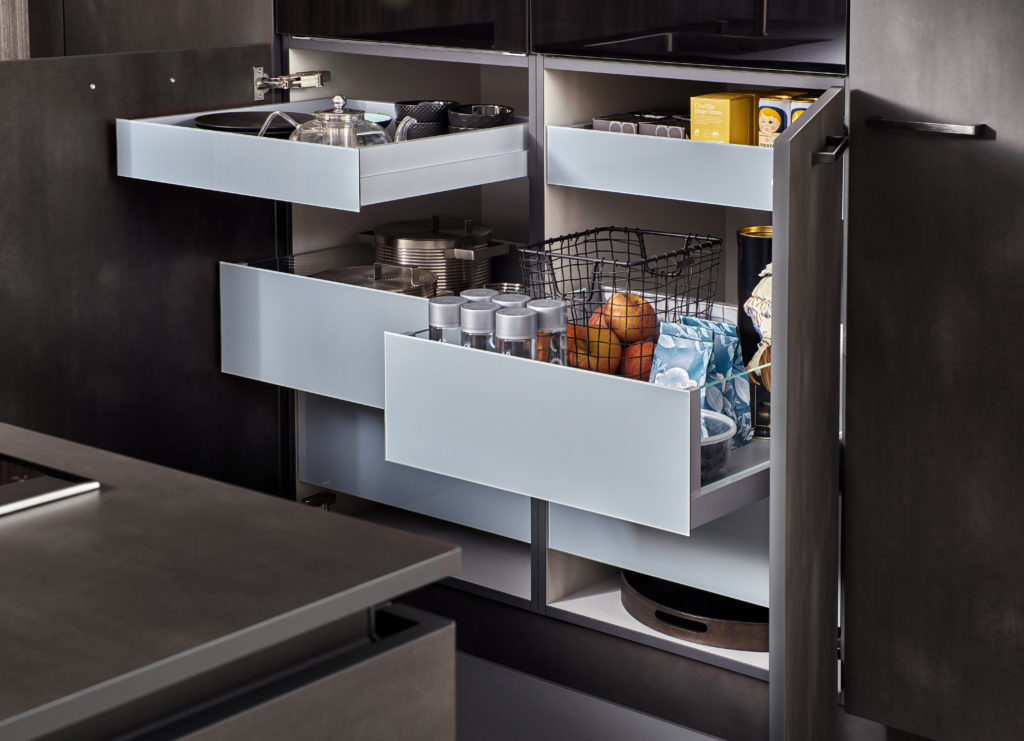
Noisy kitchen cabinet hinges can be a real nuisance. The constant squeaking and creaking can disrupt the peaceful ambiance of your kitchen, not to mention it can be quite distracting. However, fear not! With some know-how and handy tools, you can easily fix those noisy hinges and restore peace and tranquility to your kitchen. In this blog, we will guide you step by step through the process of fixing noisy kitchen cabinet hinges.
Understanding the Problem
Before delving into the solutions, it’s essential to understand why kitchen cabinet hinges become noisy in the first place. Over time, frequent usage, exposure to moisture, and dirt accumulation can cause hinges to wear down. This leads to metal-on-metal contact, resulting in squeaky and creaky sounds. Thankfully, this is a common problem that can be easily rectified.
Tools and Materials Needed
To fix noisy kitchen cabinet hinges, you will need a few basic tools and materials:
- Screwdriver (appropriate size for your cabinet hinges)
- A soft cloth or sponge
- Lubricant (such as WD-40 or silicone spray)
- A soft brush (toothbrush or paintbrush)
- A hammer (only if there are bent or misaligned hinges)
- Replacement screws (if necessary)
Identifying the Problematic Hinge
Before you start the repair process, identify the specific hinge causing the noise. Open the problematic cabinet door and observe which hinge is making the noise. It’s essential to locate the precise hinge to ensure a targeted repair.
Step-by-Step Repair Process
Now that you know which hinge is causing the noise, follow these steps to fix it:
Remove the Cabinet Door
To work on the hinge more comfortably, it’s best to remove the cabinet door from the frame. Using a screwdriver, unscrew the hinges from the cabinet frame. Be sure to keep the screws in a safe place to avoid losing them.
Clean the Hinge
Clean the hinge thoroughly using a soft cloth or sponge to remove any dirt, grime, or grease buildup. Pay special attention to the areas where the hinge connects and pivots. This step is crucial as built-up dirt can contribute to the noise.
Lubricate the Hinge
Once the hinge is clean, apply a small amount of lubricant (such as WD-40 or silicone spray) onto the pivot points of the hinge. Be careful not to over-lubricate, as excess lubricant can attract dust and dirt. A light coating should be sufficient to reduce friction and eliminate squeaking.
Work the Lubricant In
After applying the lubricant, work it into the hinge by gently moving the door back and forth. This will help distribute the lubricant evenly and help it penetrate into the hinges’ internal mechanisms for effective noise reduction.
Tighten Loose Screws
While the door is still removed, check if any screws on the hinge or door are loose. Use a screwdriver to tighten any loose screws. Loose screws can cause misalignments, leading to noisy hinges. Ensure all screws are tightened properly, but avoid overtightening, as it may strip the screw holes.
Straighten or Replace Bent Hinges
If you notice any bent or misaligned hinges during cleaning, gently tap them with a hammer to straighten them out. If a hinge is severely damaged, it may be necessary to replace it altogether. Consult a professional if you are unsure about performing hinge replacements.
Reattach the Cabinet Door
After completing all the necessary repairs, reattach the cabinet door to the frame using the screws you removed earlier. Ensure the door aligns correctly with the surrounding cabinets and opens and closes smoothly. Take a moment to test the hinge for any remaining noise. If the hinge is still noisy, repeat the lubrication and cleaning process.
Contact Us Today
If you need professional help to repair or refinish your kitchen cabinet hinges, look no further than Cabinet Hardware. With our team of experienced experts, we can quickly and efficiently fix any noisy or malfunctioning hinges. Reach out to us to learn more about our services and schedule a consultation.
